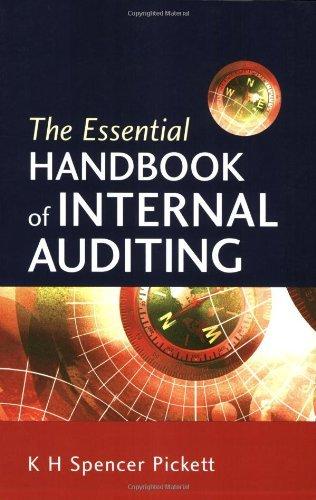Question
NS offers telecommunications design and consulting services to organizations. The firm offers two types of contracts to its clients: a cost-plus 25% contract where NS
NS offers telecommunications design and consulting services to organizations. The firm offers two types of contracts to its clients: a cost-plus 25% contract where NS is paid based on adding a 25% margin on top of its costs and a fixed-fee contract where NS charges a fixed price. For cost-plus contracts, "cost" is determined by direct and indirect overhead costs added together. NS completed 10 cost-plus contracts at a total direct cost of $500,000 and 12 fixed-fee contracts. The total direct cost of the fixed-fee contracts amounted to $1,700,000. NS is considering using either a pre-determined overhead rate of $.15 of direct cost $ to allocate its estimated total overhead costs of $330,000 during the year to the contracts or using a pre-determined overhead rate of $15,000 per contract to allocate these estimated total overhead costs.
Calculate how much NS will allocate in overhead costs to: 1) the fixed-fee contracts and 2) the cost-plus contracts under each method
| Cost-Plus Contracts | Fixed-Fee Contracts | |
| Using overhead rate of $.15 of direct cost $ | ||
| Using overhead rate of $15,000 per contract |
3 Holding revenue constant, how does the choice of allocation base affect how profitable NS will view the 2 types of contracts? If the company's cost-plus contract customers are able to bear more costs (i.e., they are not as price-sensitive as fixed-fee customers), could this affect the choice of allocation base? Explain your answer in 1-3 sentences.
Step by Step Solution
There are 3 Steps involved in it
Step: 1

Get Instant Access to Expert-Tailored Solutions
See step-by-step solutions with expert insights and AI powered tools for academic success
Step: 2

Step: 3

Ace Your Homework with AI
Get the answers you need in no time with our AI-driven, step-by-step assistance
Get Started


